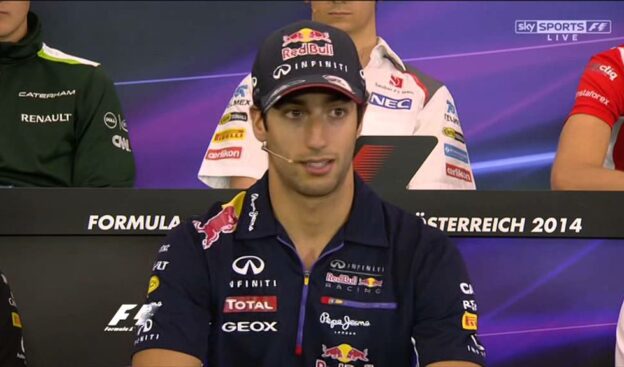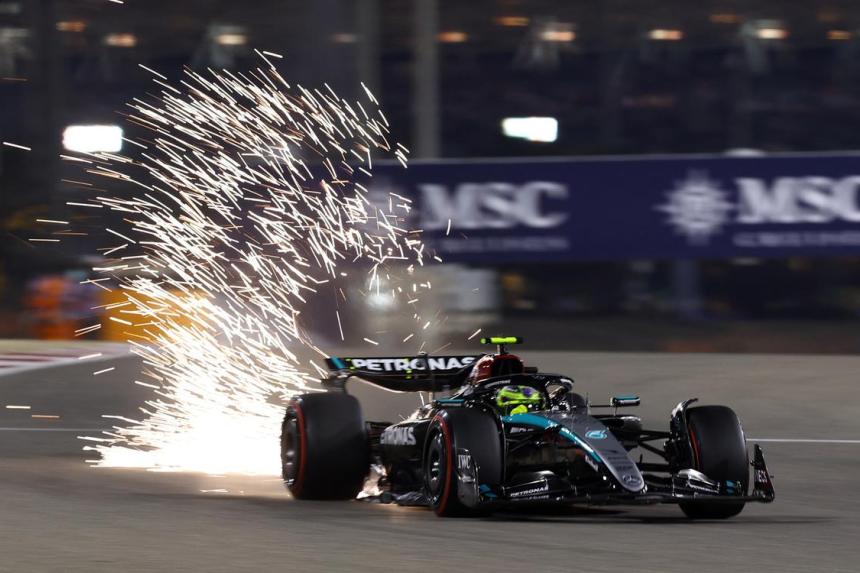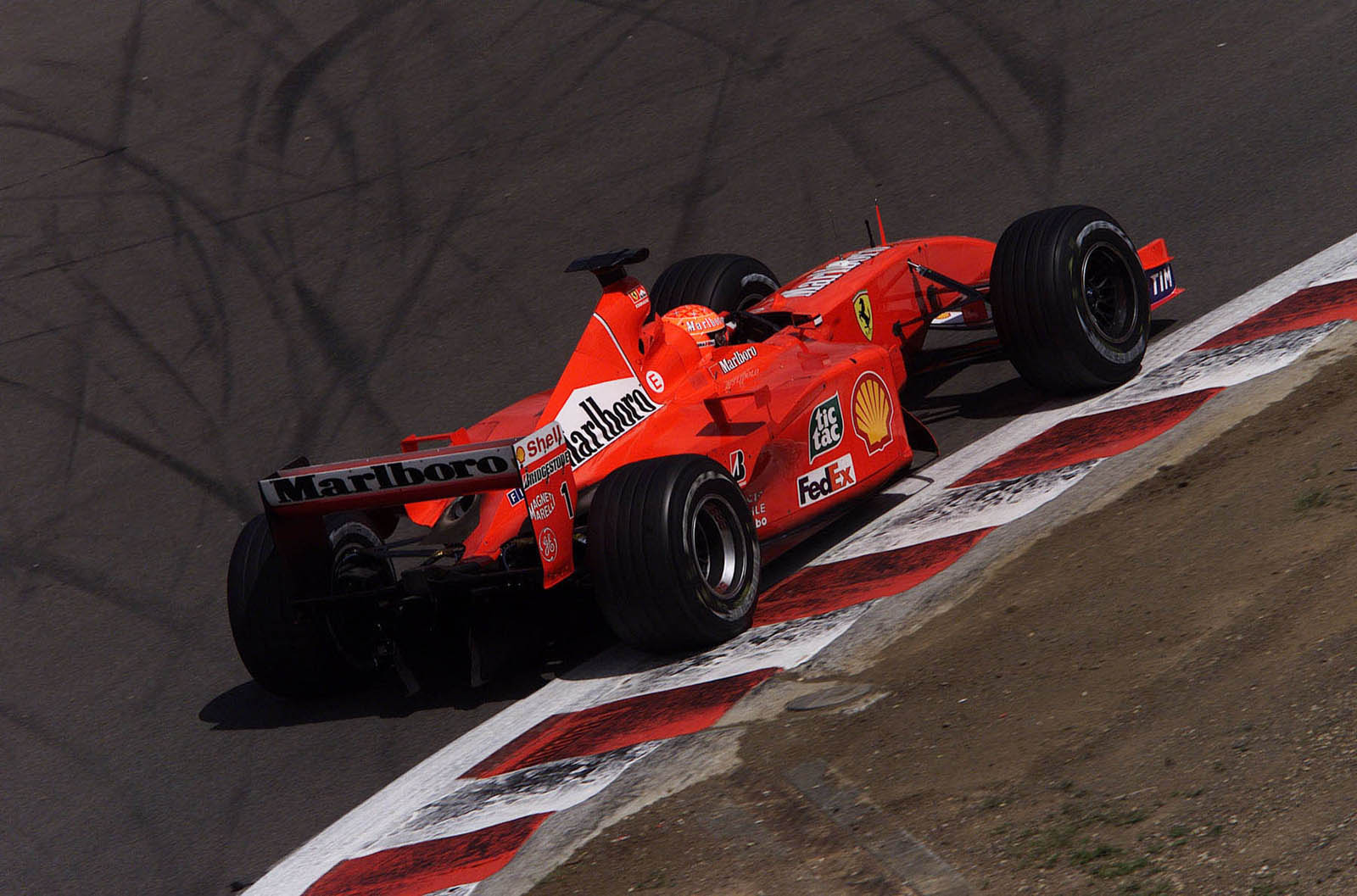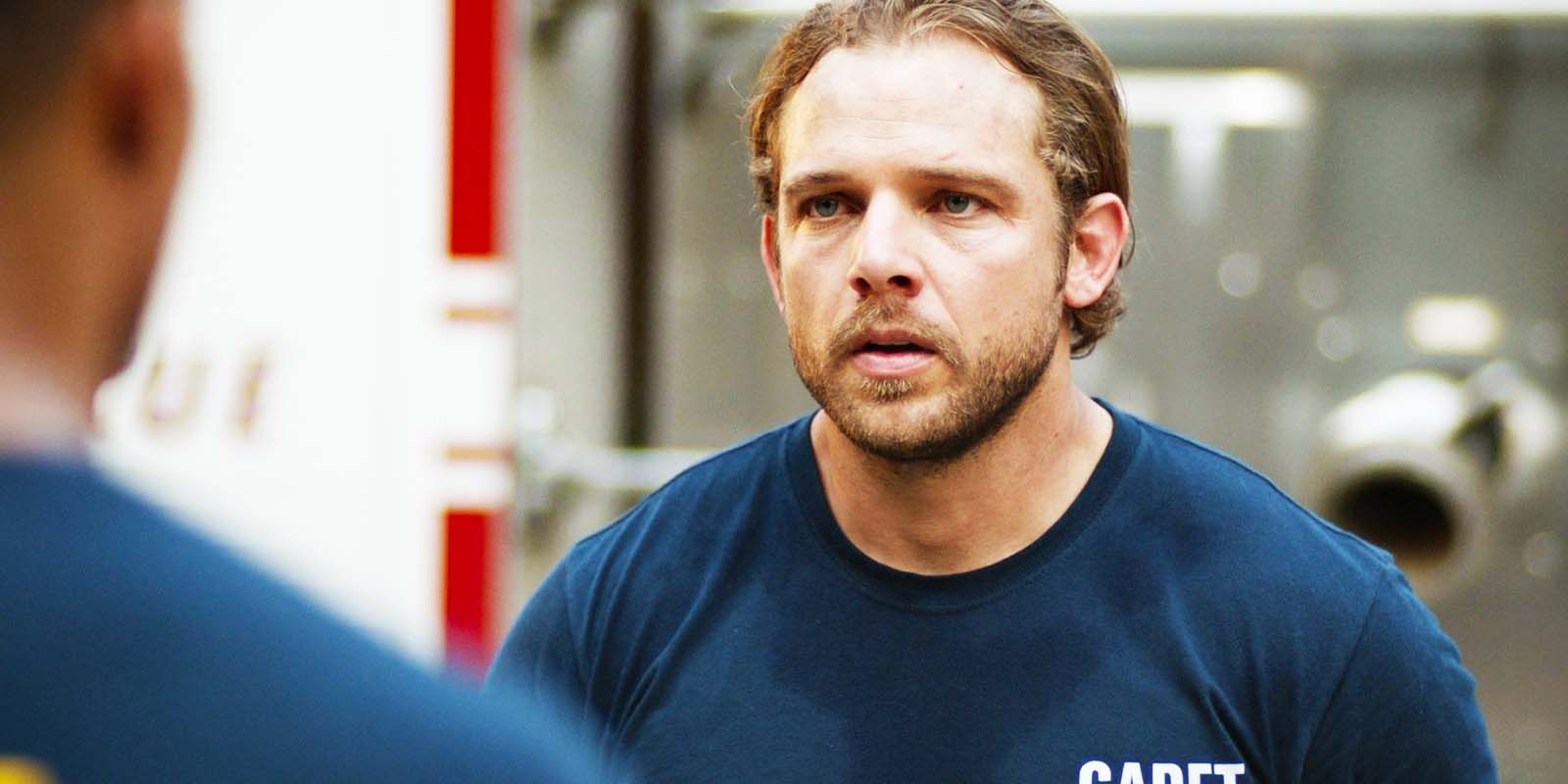Decoding The F1 Drivers' Press Conference: Media, Messaging, And More

Table of Contents
The Media Landscape of F1
The F1 Drivers' Press Conference is a global stage, attracting a diverse range of international media outlets. Understanding this media landscape is key to interpreting the information disseminated.
The Role of International Media
A multitude of print, broadcast, and digital media outlets converge on these press conferences, each with its own unique approach to questioning drivers. Geographical location significantly influences reporting styles.
- Major International Media Outlets: BBC Sport, Sky Sports F1, ESPN, Autosport, Motorsport.com, and numerous national and regional publications.
- Questioning Styles: British journalists, for example, are often known for their direct and sometimes aggressive questioning, whereas some other nations' media may favor a more respectful or diplomatic approach.
- Social Media's Impact: Social media platforms instantly amplify every word, gesture, and even silence, transforming the press conference into a real-time global conversation impacting public perception and driving immediate news cycles.
Building and Maintaining Driver Narratives
Teams and drivers strategically leverage press conferences to cultivate their public image, employing narrative building and crisis management techniques.
- Successful Narrative Building: The "underdog story" is a classic example. A driver consistently showcasing resilience and overcoming challenges can foster a strong connection with fans. Lewis Hamilton's journey to F1 success is a prime illustration.
- Damage Control: Following a controversial incident, such as a collision or a penalty, a carefully worded response can mitigate negative publicity. A driver's sincerity and acceptance of responsibility can be crucial in this process.
- Social Media Amplification: Teams often use social media to highlight positive soundbites from the press conference, reinforcing the desired narrative and reaching a wider audience.
Deconstructing Driver Messaging
Analyzing the communication within an F1 Drivers' Press Conference requires examining both verbal and nonverbal cues. Subtleties often reveal more than direct answers.
Analyzing Verbal and Nonverbal Communication
The choice of words, tone of voice, and even pauses are meticulously planned. Similarly, nonverbal communication speaks volumes.
- Nonverbal Cues: Nervous fidgeting might indicate discomfort with a question, while confident posture can project self-assurance. A driver's eye contact (or lack thereof) can also be revealing.
- Impact of Tone: A sarcastic tone, even if the words themselves are innocuous, can alter the meaning entirely and lead to misinterpretations.
- Successful Communication Strategies: Clear, concise, and honest answers are typically more effective than evasive or overly technical responses.
Understanding the Strategic Use of Silence and Humor
Silence and humor are powerful tools in a driver's communication arsenal.
- Strategic Silence: A calculated pause can create suspense, allowing a driver to carefully consider their response to a difficult question or to let the tension build.
- Humor as a Deflector: Witty remarks can diffuse tense situations and connect with the audience on a more personal level. However, poorly timed humor can backfire.
- Effectiveness of Techniques: The effectiveness of these communication techniques depends on the context, the driver's personality, and the nature of the questions posed.
Beyond the Soundbites: Deeper Insights into F1
The F1 Drivers' Press Conference offers more than just soundbites; it's a window into the complex world of Formula 1.
Press Conferences as a Window into Team Dynamics
Subtle exchanges between drivers and their responses can subtly reveal the underlying dynamics within their teams.
- Hints of Team Relationships: A driver's comments about their teammate can offer insights into their relationship – whether it's cooperative, competitive, or even strained.
- Reflection of Team Strategies: A driver's answers might inadvertently reveal elements of their team's racing strategy or their approach to upcoming races.
- Indirect Communication: Drivers may use the press conference to communicate indirectly with team members, sending subtle messages that aren't explicitly addressed to them.
The Impact on Sponsorship and Branding
The press conference is a crucial component of the sponsorship and branding strategies of F1 teams and drivers.
- Subtle Sponsor Promotion: Drivers may subtly mention their sponsors during their answers, weaving them into the conversation naturally.
- Influencing Sponsor Perception: Positive press coverage enhances the image of sponsors associated with the team, while negative coverage can have the opposite effect.
- Impact on Sponsorship Deals: The overall media impression generated at press conferences can impact future sponsorship deals and overall brand value.
Conclusion
The F1 Drivers' Press Conference is a complex interplay of media, messaging, and strategic communication. Understanding the dynamics of these events reveals not just the drivers' personalities but also the underlying strategies of their teams and the wider sport. From narrative building to crisis management, the strategic use of language, body language, and even silence paints a richer picture of Formula 1 beyond the race track. Decode the next F1 Drivers' Press Conference with a sharper eye for messaging, and discover the hidden strategies behind the headlines!

Featured Posts
-
 Rome Open Zhengs Upset Victory Over Sabalenka Sets Gauff Quarterfinal
May 26, 2025
Rome Open Zhengs Upset Victory Over Sabalenka Sets Gauff Quarterfinal
May 26, 2025 -
 Problemi Za Mertsedes Pred Startot Na Trkata Vo Bakhrein
May 26, 2025
Problemi Za Mertsedes Pred Startot Na Trkata Vo Bakhrein
May 26, 2025 -
 Jadwal Siaran Langsung Moto Gp Argentina 2025 Di Trans7 Saksikan Balapannya Di Sini
May 26, 2025
Jadwal Siaran Langsung Moto Gp Argentina 2025 Di Trans7 Saksikan Balapannya Di Sini
May 26, 2025 -
 Michael Schumachers Ferrari A Monaco Auction Highlight
May 26, 2025
Michael Schumachers Ferrari A Monaco Auction Highlight
May 26, 2025 -
 Tadej Pogacars Tour Of Flanders Strava Data No Flag This Year
May 26, 2025
Tadej Pogacars Tour Of Flanders Strava Data No Flag This Year
May 26, 2025
Latest Posts
-
 Ghosts Episode 16 St Hettys Day Brings Unexpected Power
May 27, 2025
Ghosts Episode 16 St Hettys Day Brings Unexpected Power
May 27, 2025 -
 Fire Country S3 E16 Dirty Money Preview What To Expect
May 27, 2025
Fire Country S3 E16 Dirty Money Preview What To Expect
May 27, 2025 -
 Official Watson Season 2 Release Date Moved To 2026
May 27, 2025
Official Watson Season 2 Release Date Moved To 2026
May 27, 2025 -
 Watch The One Last Time Preview Fire Country Season 3 Episode 15
May 27, 2025
Watch The One Last Time Preview Fire Country Season 3 Episode 15
May 27, 2025 -
 Tonight On Matlock S01 E15 Game Face Preview
May 27, 2025
Tonight On Matlock S01 E15 Game Face Preview
May 27, 2025
